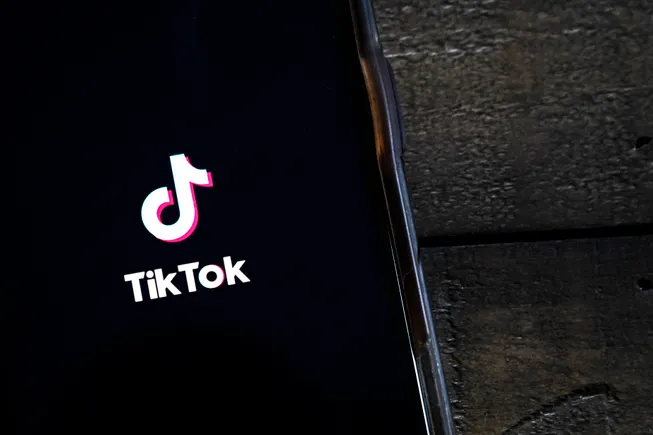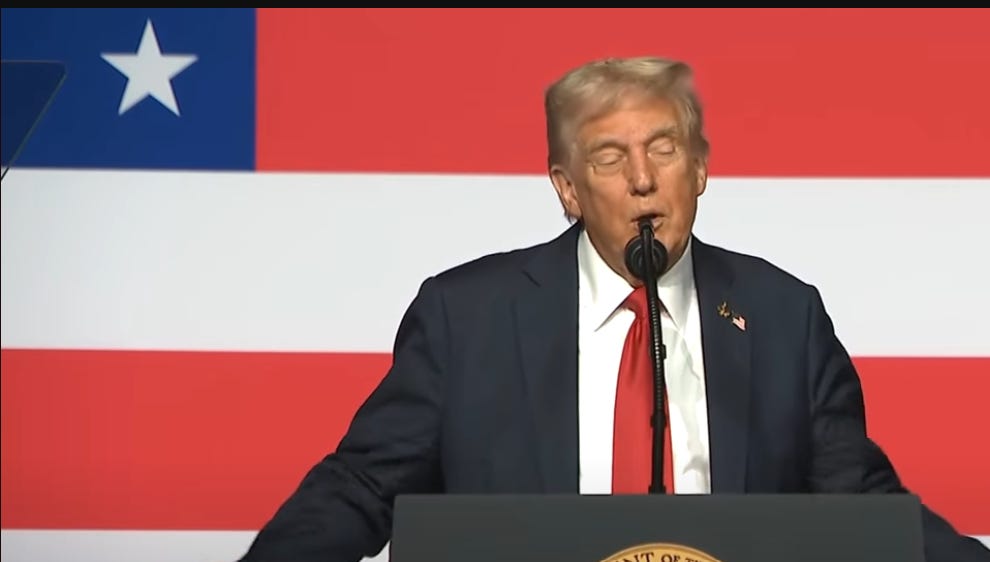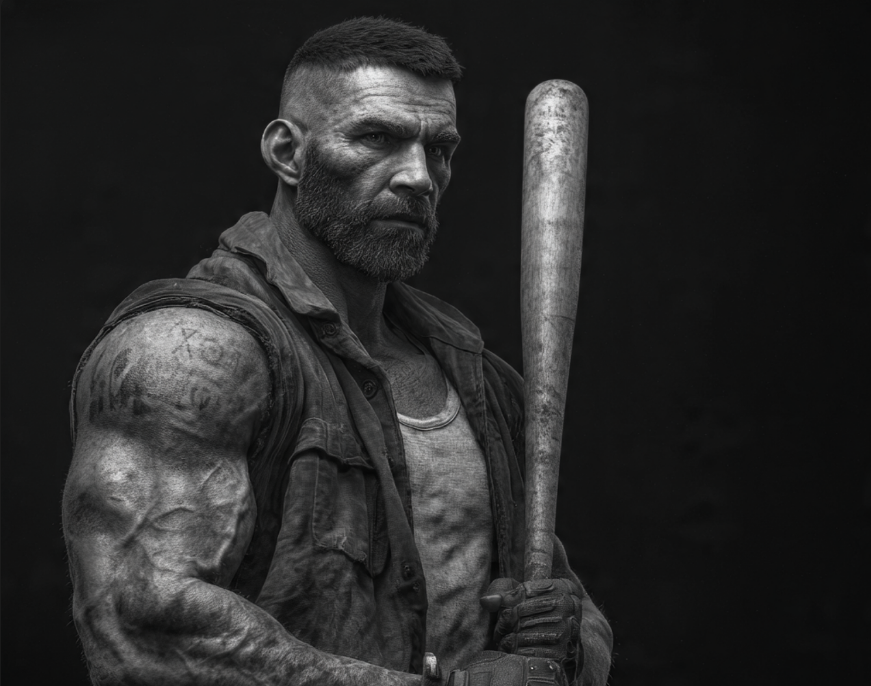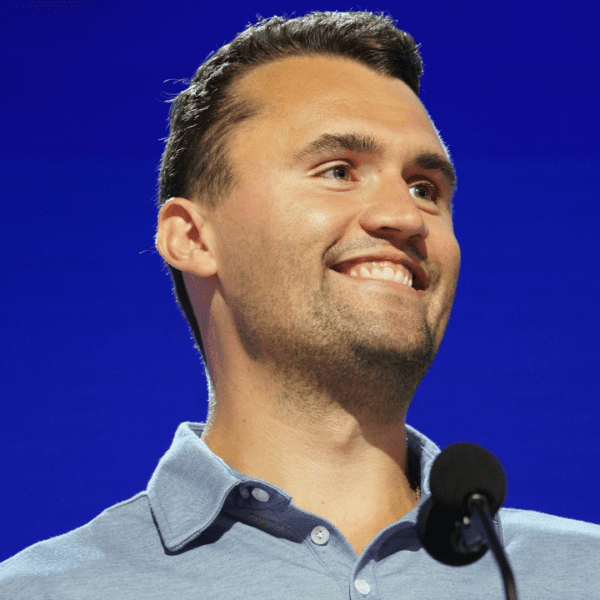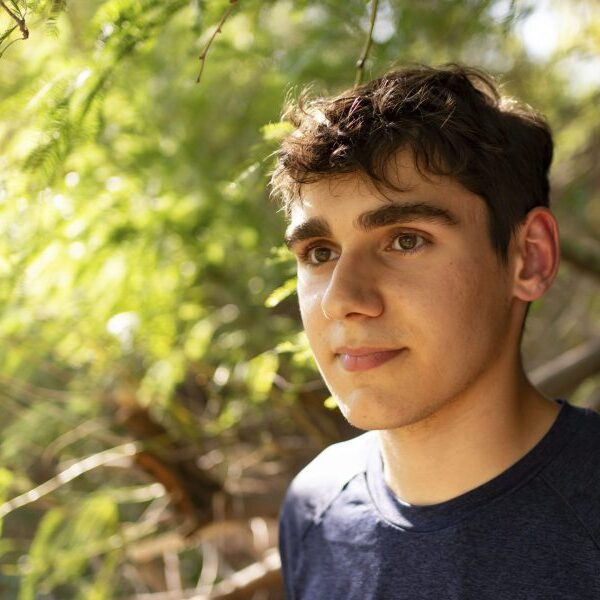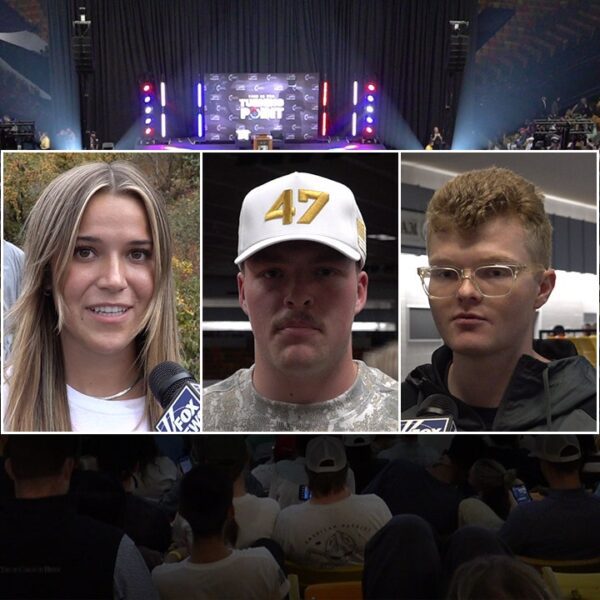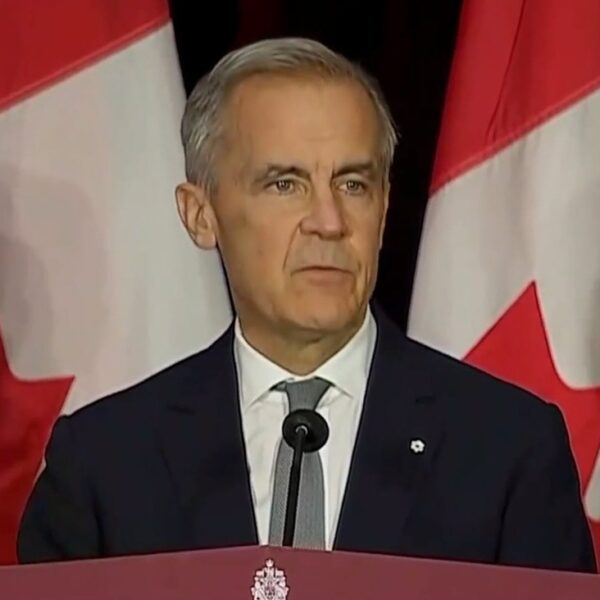With the U.S. government pushing to effectively takeover TikTok in the nation, and potentially influence the content that’s displayed in the app, it’s worth considering the rising influence of TikTok on political discourse, and the role that it now plays in the evolving information landscape.
And while that may seem like a radical claim, that the U.S. government could seek to influence what users see in the app if the proposed U.S. takeover deal goes through, TikTok’s new U.S. ownership group would be 100% handpicked by the government, and would have “algorithmic oversight,” among other controls.
And with U.S. President Donald Trump recently remarking that he would make TikTok “100% MAGA” if he could, that does seem like a concern, and a point of note in assessing what TikTok might become, if the proposed deal is a success.
Because TikTok is rising as a news platform, especially among younger users.
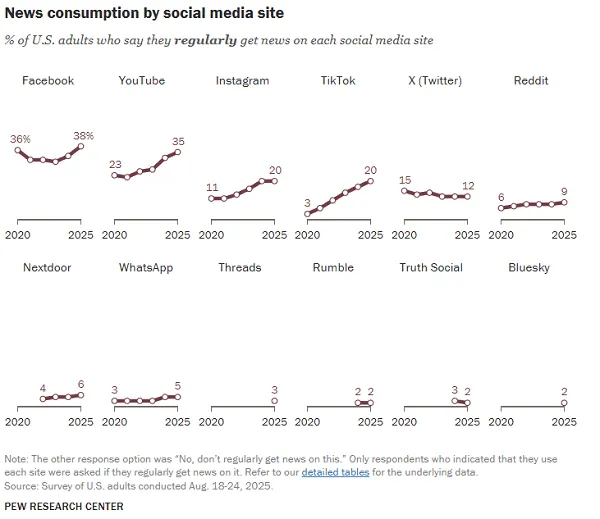
As you can see in this chart, based on data from Pew Research, around 20% of U.S. adults now regularly get news on TikTok, up from just 3% in 2020.
And that trend is even more pronounced among younger audiences, with particular relation to political information:
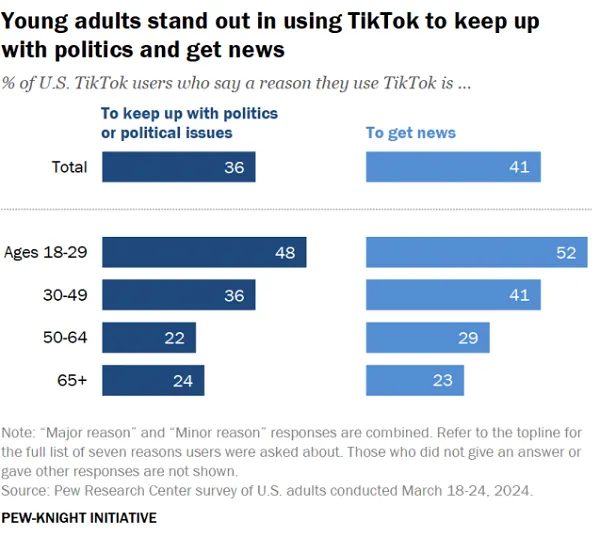
So TikTok’s influence is significant, and growing, and as such, the suggestion that it could be manipulated by the government to potentially sway political opinions is a concern.
Of course, that then comes down to the algorithm, and the algorithmic controls that the platform’s U.S.-based management group might have.
According to reports, the TikTok U.S. group would essentially lease the platform’s algorithm from its Chinese parent company, then “retrain it” using data from users based in the United States.
Retraining sounds like this group will have some sway over what trends, and doesn’t, in the app. I mean, the Chinese government definitely has a level of control over what gains traction in the Chinese local version of TikTok (called “Douyin”), so it seems entirely feasible that a U.S. group would also be able to implement similar weighting on what gains the most traction, and sees broader distribution in the app.
Which makes Trump’s remarks more concerning.
Trump has also previously noted that TikTok helped him win the U.S. election, especially with younger voters.
As per Trump:
“You know, I have a warm spot in my heart for TikTok because I won youth by 34 points and there are those that say that TikTok has something to do with it.”
So Trump has a clear understanding of the impact that the platform can have in this respect, while he’s also criticized social platforms for censoring his speech in the past, and even sued them over such actions.
As such, the threat of a MAGA takeover of the app is realistic, though Trump has said that all sides will be treated fairly under the proposed U.S. management.
If the deal is approved.
Notably, China still hasn’t commented on Trump’s latest TikTok takeover proposal, despite the White House claiming that it’s virtually a done deal. One of the hold ups could potentially be that the CCP is looking for more concessions within the deal, including Trump’s support for China’s ownership claim over Taiwan, which the U.S. has long opposed, in support of Taiwan’s independence.
That an app which rose to fame through viral dances is now at the center of geopolitical negotiations underlines the significance of social media in the broader landscape, and the value that political leaders see in such from this perspective.
It’s also notable that TikTok is seeing more removal government requests from various regions over time.
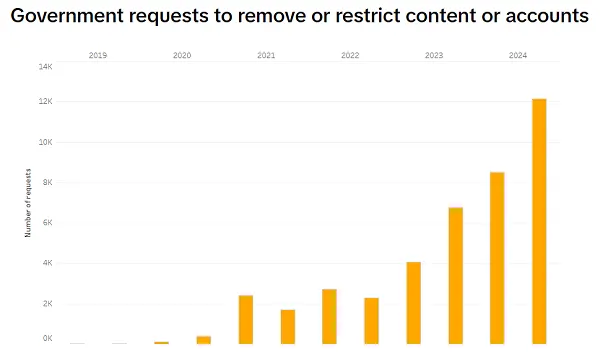
How will a U.S.-owned TikTok deal with such, and if the White House has any level of direct influence on the same, how can it be expected to manage foreign government requests in a fair and equitable way? Granted, most of these requests relate to removals within their respective borders, but some relate to broader removals and suppression efforts.
Another point of note from TikTok’s data is the minimal presence of China in TikTok’s “Covert Influence Operations” detection listings.
That only stands out because China-based groups are the most significant contributor to Google’s TAG report, which looks at the same element. Comparing the two, TikTok lists that, in all of 2025, it’s detected a total of 2,076 accounts originating from China that had been found to be engaging in influence operations in the app.
In Google’s most recent TAG Bulletin, which it published in July, it reported that it had terminated more than 7,700 YouTube channels linked to coordinated influence operations run by Chinese state actors between April and June alone.
Logically, you would assume that if Chinese influence operations were looking to sway Western users, then TikTok would be a more optimal vector for such, given the direct connection between TikTok and the CCP. But either YouTube is viewed as a more viable target for such programs, or TikTok isn’t doing as well at catching them out.
All of this points to the potential of TikTok as a political influence tool, which may soon be within the grasp of the U.S. government.
And while Trump and his team are working to reassure people about their approach on this front, there is a real concern that the temptation to sway the algorithms in their favour could eventually be too much.

